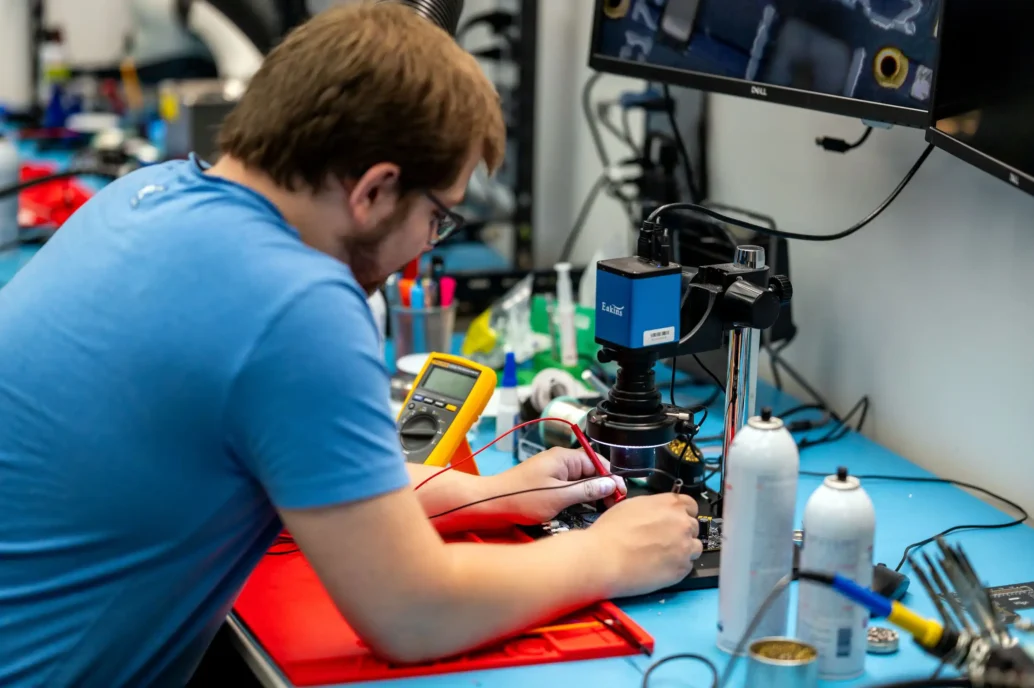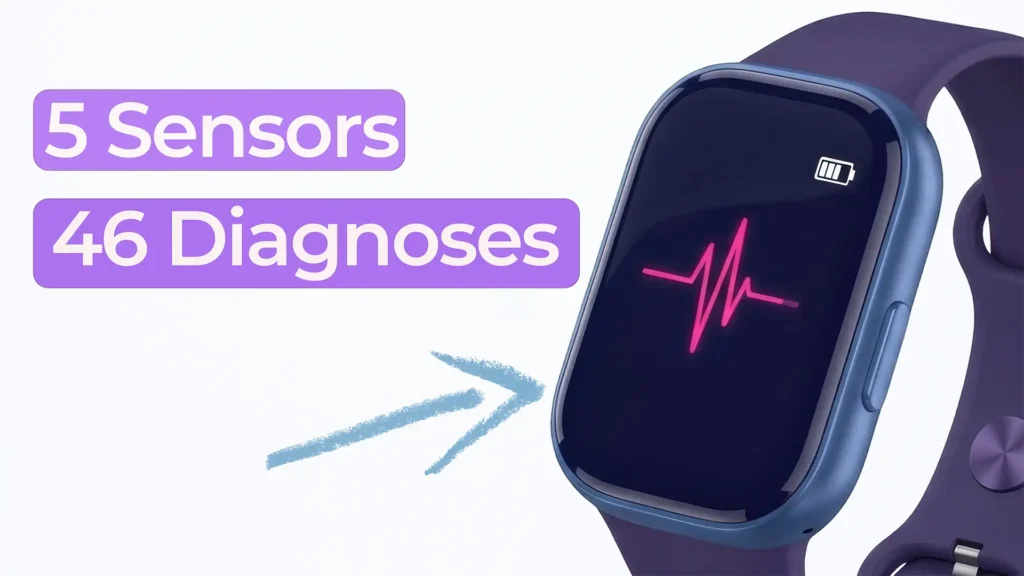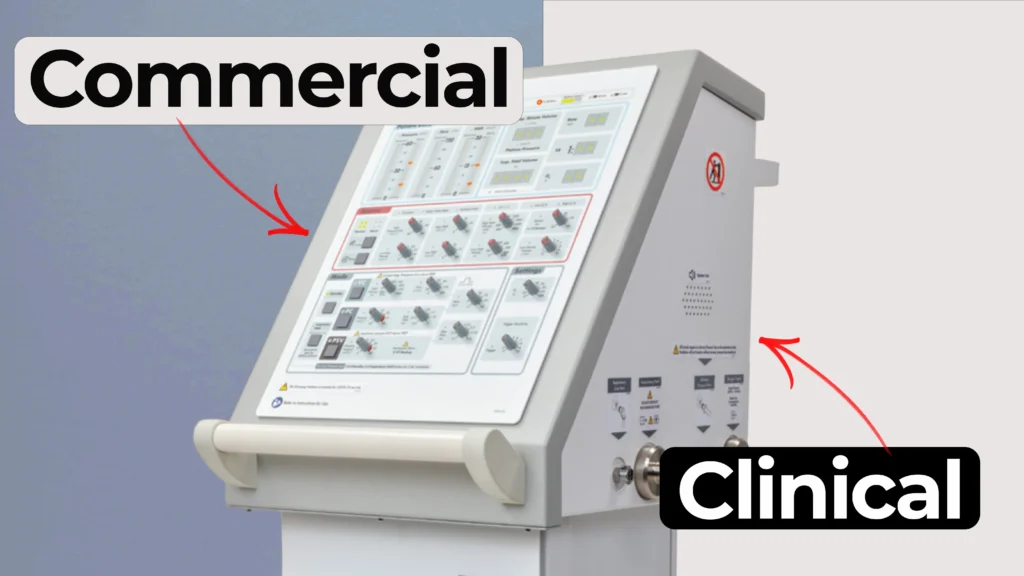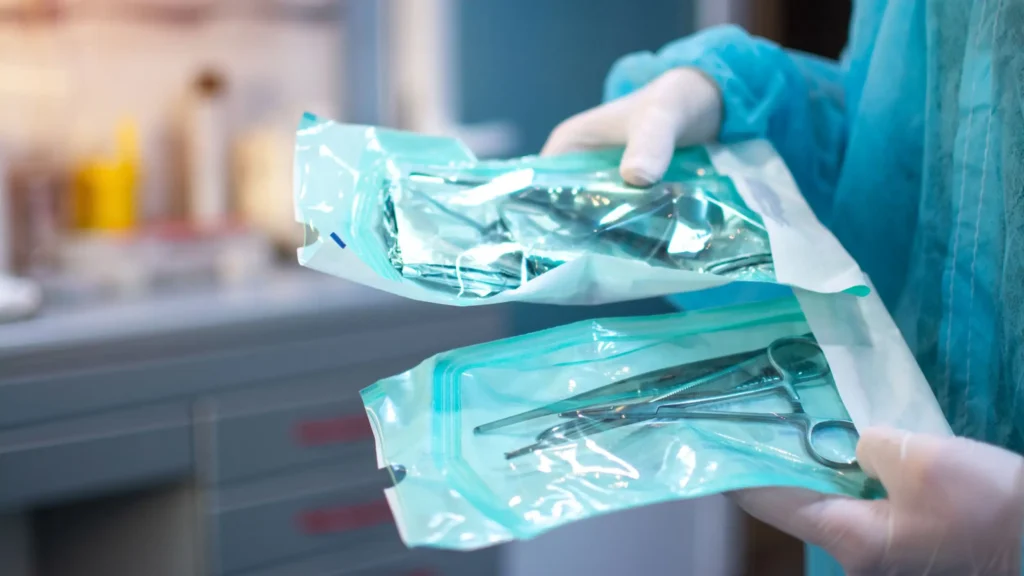
Design Considerations for Portable Medical Electronics
TL;DR
- Power system design defines runtime, safety, and reliability.
- Compact PCBs require careful noise control and grounding.
- Electrical safety and isolation are critical in portable devices.
- Wireless trade-offs balance bandwidth, range, and power.
- Manufacturability, testability, and user experience drive success.AI project management can speed planning, risk management, and early design.
Several design considerations come into play when designing portable medical electronic devices, from performance, to usability, manufacturability and reliability. In this blog, we discuss seven areas of relevance when designing these devices.
Power system design in portable medical electronics
In portable medical devices, the power system is often the single most critical design decision. Devices like AEDs or portable monitors may sit idle for years before being called into action. So battery shelf life and self-discharge rates become paramount. A well-designed low-power architecture — leveraging deep-sleep modes, pull tabs, and low-leakage semiconductors — can dramatically extend standby time without sacrificing the ability to perform scheduled self-tests.
Battery capacity is not just about runtime. It must also accommodate short bursts of high current for wireless communication, haptic feedback, or small motors. Here, low-ESR capacitors or hybrid battery/supercapacitor systems can buffer surges without oversizing the main cell. At the same time, switching regulators, while efficient, can generate noise that interferes with sensitive analog front ends. Proper ground isolation, LC filtering, and the choice of low-noise regulators are essential to prevent power from becoming an EMI source.
The push for miniaturization often forces smaller batteries into smaller spaces, making high-density interconnect (HDI) PCBs a valuable option to pack in charging circuits, protection ICs, and PMICs. Wireless charging, while appealing for sealed enclosures and ingress protection, adds its own heat and space constraints. Even low-power devices can generate heat in sealed, skin-contact applications. So careful thermal modeling and adherence to IEC 60601-1 limits are essential.
Designing the analog-to-digital signal chain
When space is tight, maintaining a clean, low-noise signal path becomes a real challenge. In a compact PCB, analog and digital domains coexist in close proximity, which increases the risk of interference. Effective noise control starts with partitioned layouts, guarded traces, ground planes, and — where possible — shielding cans. Even these may need to be miniaturized to fit within the enclosure constraints.
Voltage reference selection is equally tricky. In mains-powered lab equipment, ovenized buried-zener references are the gold standard for stability — but in a battery-powered portable device, their power draw makes them impractical. Instead, low-drift bandgap references with temperature compensation are the go-to choice, offering good stability without the power penalty. Devices in the field also face a wide range of ambient temperatures, so it’s essential to account for drift and temperature coefficients, either using inherently stable components or by implementing periodic firmware calibration routines.
Finally, shielding against electromagnetic interference is harder in small form factors. When traditional metal cans won’t fit, alternatives like conductive coatings or flexible shielding materials can offer space efficient and effective protection.
Electrical safety in portable devices
Electrical safety is non-negotiable in medical electronics — and portable devices add unique challenges. Creepage and clearance distances, for instance, are harder to maintain on smaller PCBs. Designers often rely on isolation slots, careful routing, and conformal coatings to meet requirements without enlarging the board.
In patient-connected devices like ECGs, defibrillation resistance circuitry can take up a surprising amount of space. Surge resistors, gas discharge tubes, and TVS diodes all play a role in ensuring the device survives — and even continues to operate — after a defibrillator shock. Material safety also comes into play, as enclosures and PCB substrates must be flame-rated and biocompatible.
Electrostatic discharge (ESD) protection is equally important. A fully sealed design can eliminate many ESD concerns, but if the device has connectors or openings, robust protection using TVS diodes and other components is necessary. Ingress protection ratings like IP67 often dictate design choices, and for devices that are not hermetically sealed, conformal coatings can protect against moisture. The trade-off is that coatings can make rework and repair more challenging, so this should be planned for early in the design process.
Wireless communication and data security
Wireless connectivity is increasingly common in portable medical devices, but it’s never a one-size-fits-all decision. Bluetooth Low Energy (BLE) offers excellent power efficiency for periodic data transfer but is limited in bandwidth. Wi-Fi provides faster speeds for real-time streaming but comes with a higher power cost. Cellular standards like LTE-M and NB-IoT allow for truly remote operation but require more board space for antennas and higher transmit power. Regardless of the protocol, RF energy often couples into sensitive analog paths. Careful antenna placement, PCB layout, and shielding must be considered from the earliest design stages to avoid late-stage interference issues.
Reliability and field use considerations
A portable medical device may be dropped, exposed to vibration during transport, or encounter condensation when moving between temperature extremes. Environmental testing to IEC 60068 standards can uncover weaknesses in enclosures, solder joints, and connectors before the device reaches production.
Manufacturing and testing challenges
Long-term manufacturability is another overlooked consideration. Many medical devices remain on the market for a decade or more, so avoiding components with uncertain availability is essential. Designing for manufacturability (DFM) means ensuring the PCB can be assembled efficiently and consistently, even as production methods evolve.
Designing for test (DFT) is equally important). Once a device is sealed — often glued or ultrasonically welded for ingress protection — test access is gone. Including test pads, pogo-pin interfaces, or even temporary flex connectors can save significant headaches during production and servicing.
Human factors in portable electronics
Electronics design isn’t just about what’s internal components, it’s also about how the device interacts with the user. Displays, for example, must balance power draw with readability. OLED, LCD, and e-paper each have advantages and drawbacks depending on ambient light, viewing angle, and durability. Alarm systems need to be compliant with IEC 60601-1-8, meaning they must be audible in noisy environments, visible in bright light, and operable even when the user is wearing gloves.
Conclusion: Balancing Priorities in Portable Design
Designing portable medical electronics is a balancing act between competing priorities: battery life vs. EMI, sealing vs. serviceability, and miniaturization vs. thermal limits. Success comes from early, cross-disciplinary collaboration between electrical, mechanical, firmware, and regulatory teams. Portability isn’t just about making a device smaller; it’s about making it smaller without compromising safety, reliability, or clinical accuracy.
Mike Ganzert is an Electronics Engineer at Starfish Medical. He received his Bachelor’s of Applied Science in Electrical Engineering from UBC Okanagan in 2021, with a focus in medical devices.
Images: Adobe Stock
Related Resource

Nick and Nigel explore how a surprisingly small set of sensors could be used to identify a wide range of common health conditions.

Understanding how clinical ventilator development differs from commercial ventilator design is essential for teams planning early studies.

Nick walks through a practical Teflon tape lesson that came from real work supporting a mechanical test rig.

Most sterile medical devices begin their journey long before anyone thinks about sterilization. Teams focus on function, usability, materials, and suppliers, then discover that sterilization constraints can reshape many of those early decisions.

After years of working with founders and technical teams, I have learned that early design missteps rarely come from engineering flaws. More often than not, they come from missing conversations.